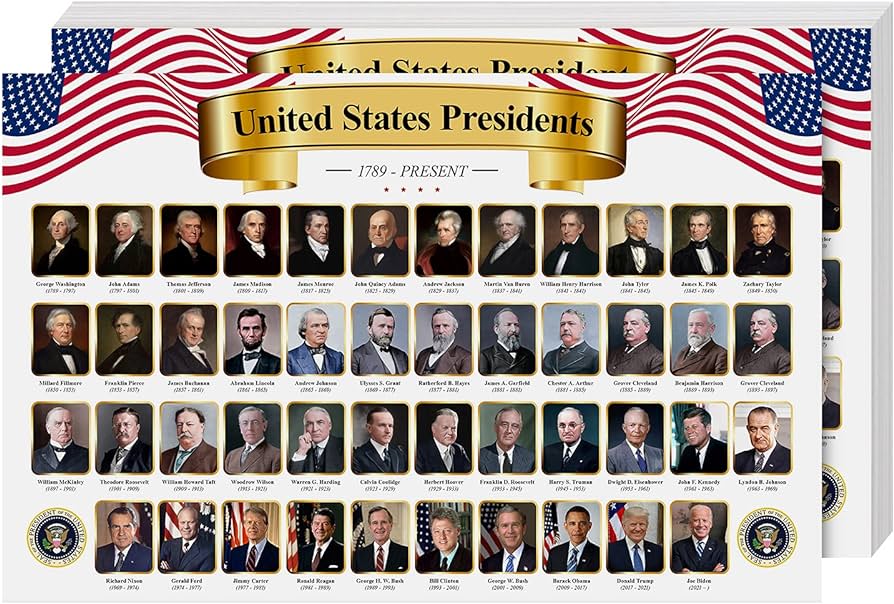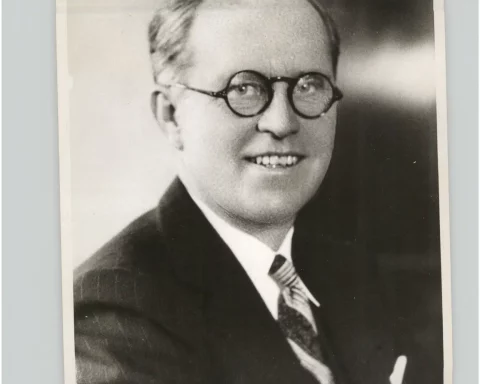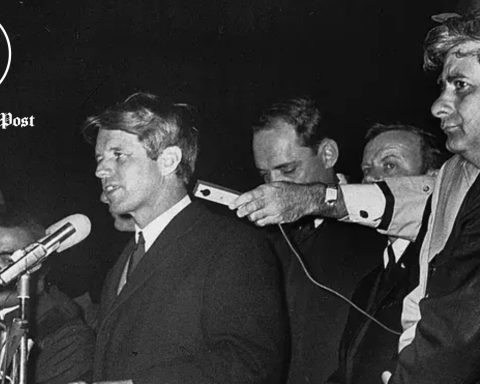To Become the President of The United States is not a walk in the Park. The office of the president of the United States of America is the highest in the land and it is an honor to hold. It is also of international importance as the president is a world leader and his decisions can affect us. The President of the United States is considered the leader of the free world.

But what is the Road to become the President of the United States?
The process to become the President of the United States takes almost two years. An election for president of the United States happens every four years on the first Tuesday after the first Monday in November.
The next presidential election will be November 5, 2024.
What is the typical presidential election cycle?
The presidential election process follows a typical cycle:
| Presidential Election Cycle Table | |
| Time of the year | Event |
| Spring of the year before an election | Candidates register with the Federal Election Commission to run for president. While there is no federal deadline to register, there are other requirements |
| Spring of the year before an election | Candidates announce their intentions to run. |
| Summer of the year before an election through spring of the election year | Primary and caucus debates take place. |
| January to June of election year | States and parties hold presidential primaries and caucuses. |
| July to early September | Parties hold nominating conventions to choose their presidential candidates. |
| September and October | Candidates participate in presidential debates. |
| Early November | Election Day is the first Tuesday after the first Monday. |
| December | Electors cast their votes for president in the Electoral College. |
| Early January of the next calendar year | Congress counts the electoral votes. |
| January 20 | Presidential Inauguration Day |
:max_bytes(150000):strip_icc()/BarackObama-799035cd446c443fb392110c01768ed0.jpg)
Constitutional requirements To Become the President of The United States
Candidates for president of the United States must meet basic requirements. The U.S. Constitution states that the president must:
- Be a natural-born citizen of the United States
- Be at least 35 years old
- Have been a resident of the United States for 14 years
Anyone who meets these requirements can declare their candidacy for president. Once a candidate raises or spends more than $5,000 for their campaign, they must register with the Federal Election Commission. That includes naming a principal campaign committee to raise and spend campaign funds.
The Qualifications Clause set forth in Article II, Section 1, Clause 5 requires the President to be a natural-born citizen, at least thirty-five years of age, and a resident of the United States for at least fourteen years.1
Article II, Section 1, Clause 5:
No Person except a natural born Citizen, or a Citizen of the United States, at the time of the Adoption of this Constitution, shall be eligible to the Office of President; neither shall any Person be eligible to that Office who shall not have attained to the Age of thirty five Years, and been fourteen Years a Resident within the United States.
Read: A Legacy of Leadership: A List of All the Presidents of the United States
A Legacy of Leadership: A List of All the Presidents of the United States
Presidential Primaries and Caucuses
Primaries and caucuses are two ways that people help states and political parties choose presidential nominees.
Presidential primaries
Most states hold primaries 6-9 months before a presidential election. Primary voters choose their preferred candidate anonymously by casting secret ballots. The state where the primary is held takes the results of the vote into account to award delegates to the winners.
Caucuses
Several states hold caucuses in the months leading up to a presidential election. Caucuses are meetings run by political parties that are held at the county, district, or precinct level.
Some caucuses choose candidates by secret ballot. Others require participants to divide themselves into groups according to the candidate they support. Undecided participants form their own group. Each candidate’s group gives speeches and tries to get others to join their group. At the end, the number of delegates given to each candidate is based on the number of caucus votes they received.
Awarding delegates from the primaries and caucuses
States and political parties use different methods for deciding how many delegates they will award to each candidate. Delegates go on to represent their state at national party conventions.

National Conventions
Political parties hold national conventions to select presidential and vice-presidential nominees. At the convention, the presidential nominee officially announces who will run with them for vice president.
Presidential General Election
Presidential candidates
Major political parties nominate presidential and vice-presidential candidates at their party’s national convention. The candidates’ names will be listed on the general election ballot.
Candidates from minor political parties and independent candidates might not have a national convention. But they may be on the ballot on a state-by-state basis if they meet the eligibility requirements. This usually includes collecting a certain number of signatures on a petition for that state.
Voting in the presidential general election
In the presidential general election, citizens who are registered can:
- Vote even if they did not vote in their state’s primary elections
- Vote for any presidential candidate, regardless of the party they are registered with or who they voted for in the past
Most people vote on Election Day, which is the first Tuesday after the first Monday in November. Depending on where a voter lives, the voting period may be extended to include absentee ballots, mail-in ballots, and early voting.
Electoral College
The Electoral College decides who will be elected president and vice president of the U.S.
In other U.S. elections, candidates are elected directly by popular vote. But the president and vice president are not elected directly by citizens. Instead, they are chosen by “electors” through a process called the Electoral College.
Inauguration of the President of the United States
Inauguration Day is the day when the president-elect and vice-president-elect are sworn in and take office. Inauguration Day occurs every four years on January 20 (or January 21 if January 20 falls on a Sunday). The inauguration ceremony takes place at the U.S. Capitol building in Washington, DC.
The next presidential inauguration is scheduled to be on January 20, 2025.
What events take place on Inauguration Day?
The inauguration is planned by the Joint Congressional Committee on Inaugural Ceremonies (JCCIC). Inaugural events include the swearing-in ceremony, the inaugural address, and the pass in review.
There after the President-elect becomes the duly elected President of the United states.





